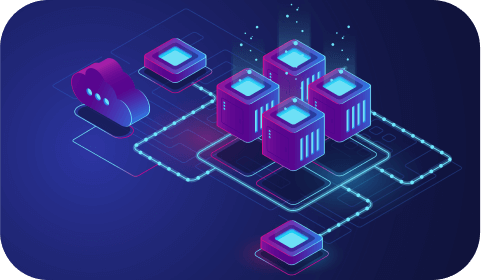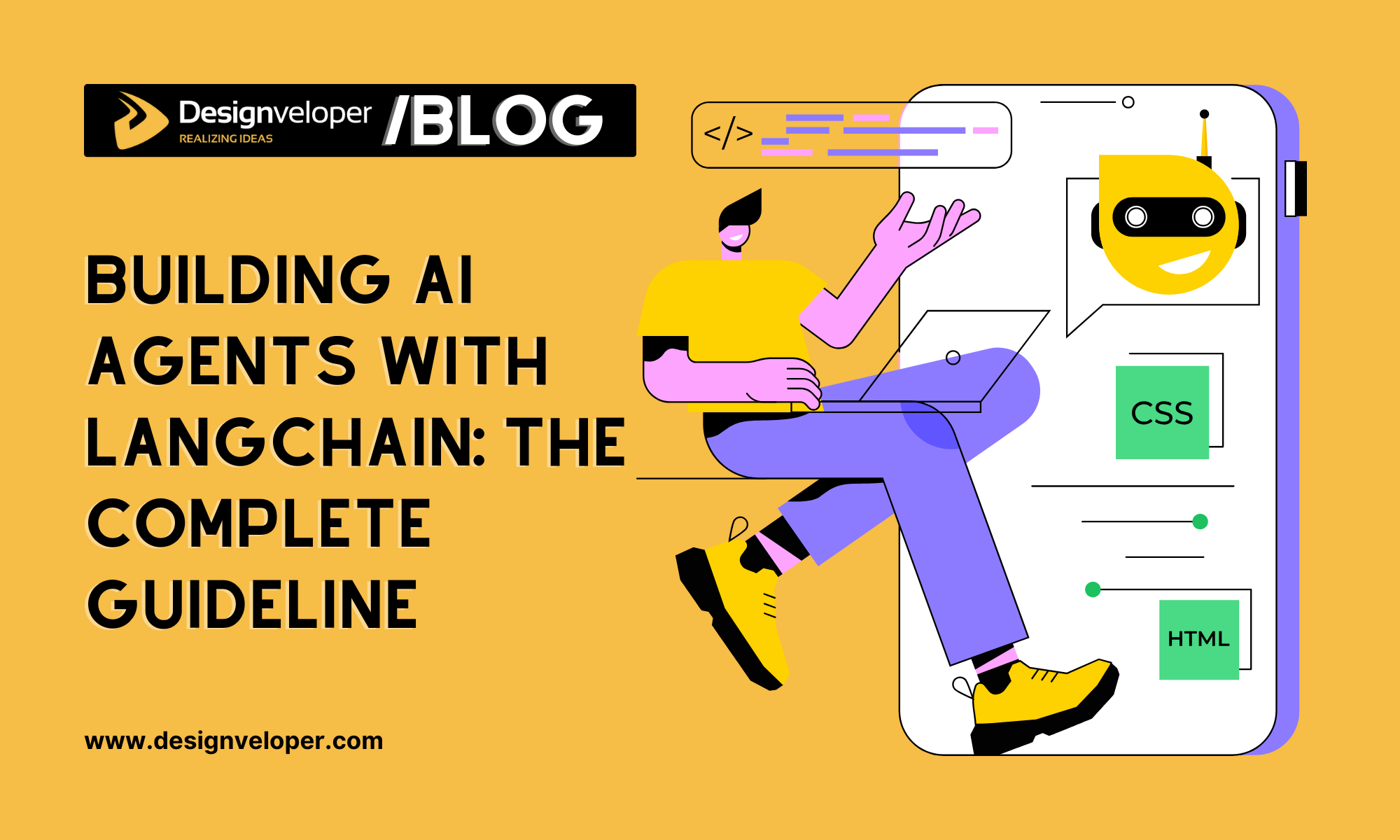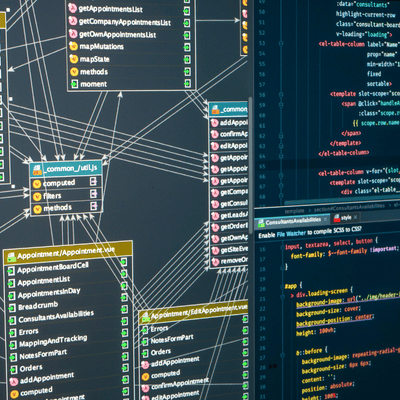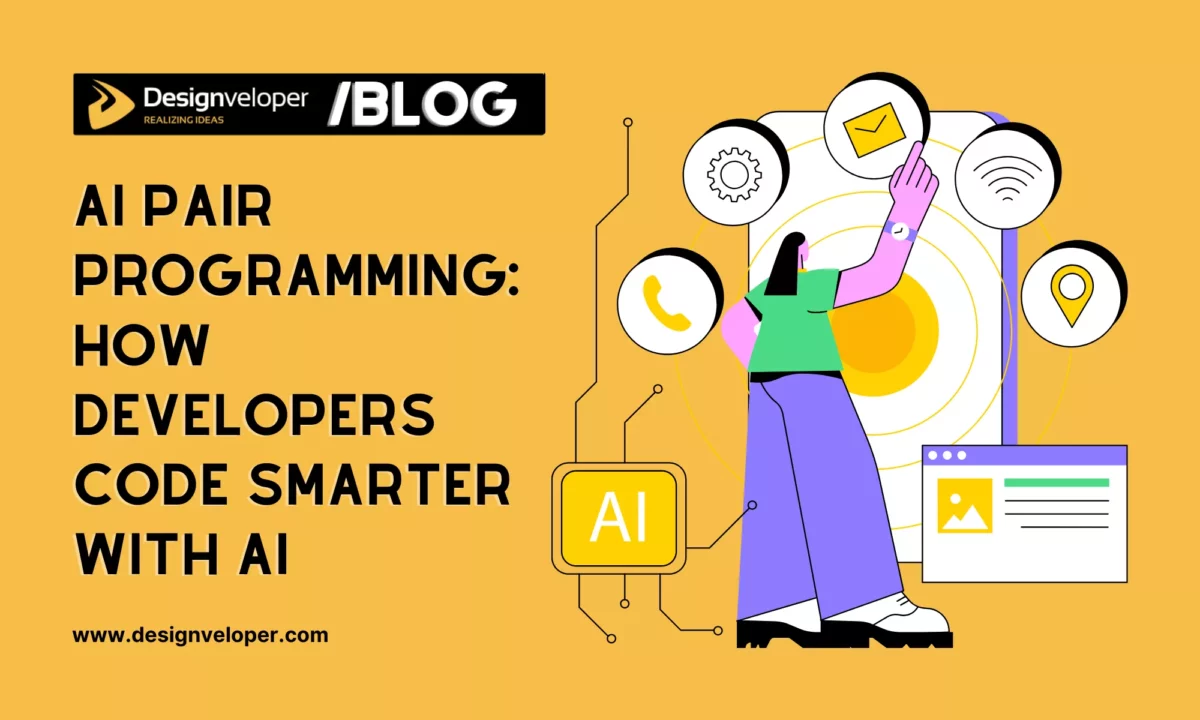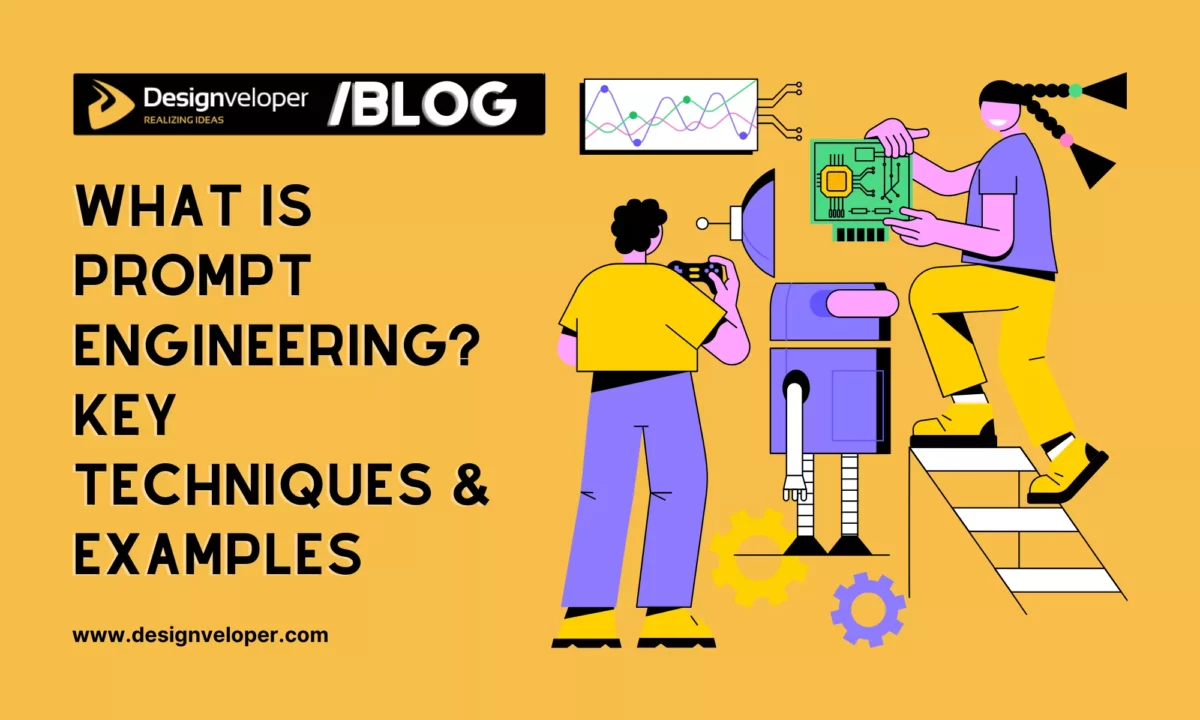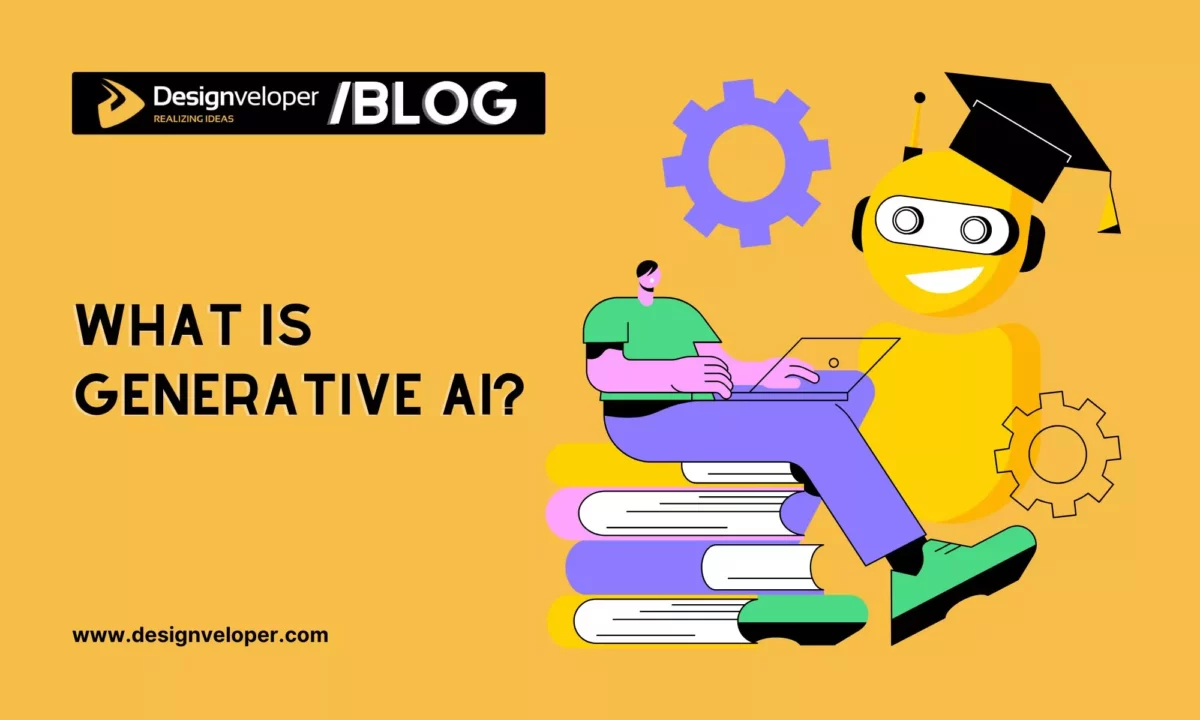
Developers are increasingly turning to LangChain for creating intelligent AI agents that can reason and use tools autonomously. This comprehensive guide from Designveloper explains why LangChain is a leading choice. Additionally, we will explain how its architecture works for agent development, what tools and libraries are needed. We’ll also explore practical use cases—from customer support chatbots to automated research assistants—highlighting new stats and real-world examples. By the end, you’ll understand how to build ai agents langchain solutions to automate complex tasks.
Why Use LangChain to Build AI Agents?
LangChain has rapidly emerged as one of the most widely adopted frameworks for AI agent development. Its open-source nature and flexibility allow developers to chain together components like memory, tools, and LLMs into cohesive workflows. In practice, this means teams can build complex applications (e.g. a document summarization pipeline or a coding assistant) by orchestrating multiple steps with an intelligent agent. LangChain’s interoperability is a key strength. It supports various model providers (OpenAI, Anthropic, Hugging Face, etc.) and easily integrates with APIs, file systems, search engines, and databases. This avoids vendor lock-in and enables agents to interact with a wide range of external resources.

Another major reason to use LangChain is its native support for agents and tool execution. Unlike a simple question-answer bot, a LangChain agent can evaluate options, invoke different tools, and adapt. This is crucial for real-world use cases where an AI needs to perform multi-step reasoning rather than just respond to a single prompt. LangChain essentially acts as the “glue” between raw LLM capabilities and structured, goal-driven behaviors. Its modular design also means developers have fine-grained control over the logic and can customize workflows extensively. In scenarios requiring long-term memory, complex decision flows, or multi-agent collaboration, LangChain excels over more closed alternatives.
Crucially, LangChain is backed by a strong community and usage in industry. It has over 100k GitHub stars and is the #1 downloaded agent development framework, indicating widespread adoption. Many organizations (from startups to enterprises) are using it for production AI systems. In fact, survey data shows that 51% of professionals reported using AI agents in production by 2024, and 78% have plans to implement them soon. This growing momentum around AI agents, combined with LangChain’s rich feature set, makes it a compelling choice.
LangChain Architecture for AI Agents
LangChain’s agent architecture uses a layered approach. Agents can include planners, executors, communicators, and evaluators that work together under an orchestration layer (as illustrated above). Each component specializes in decision-making, task execution, coordination, or result evaluation.
At its core, LangChain defines an agent as a system using an LLM to decide the control flow of an application. In simpler terms, the agent uses the language model’s reasoning to determine what action to take next (e.g. which tool to call or whether to finalize an answer). This decision loop continues: the agent executes the chosen action, gets the result, and feeds it back into the LLM to decide if further steps are needed. This feedback loop enables dynamic, multi-step problem solving rather than a fixed one-shot response. Tool use is central – the agent can call external functions (APIs, databases, calculators, etc.) as needed, a process often guided by techniques like the ReAct (Reason and Act) framework.
Key Building Blocks of an AI Agent
LangChain’s architecture for AI agents is modular and layered, ensuring flexibility and scalability. An agent typically consists of several key building blocks:
- Language Model (LLM) – the “brain” of the agent, which understands prompts and generates reasoning or output. LangChain supports many LLMs (GPT-4, Claude, etc.), and the agent uses the LLM to decide on actions.
- Tools/Tool Interfaces – these extend the agent’s abilities beyond just text. Tools can be anything from a web search API to a database query or a Python function. LangChain provides an extensive library of off-the-shelf tools and easy ways to define custom ones. By giving an agent tools, we allow it to act on the world (e.g. lookup information, perform calculations).
- Memory Module – this allows the agent to remember context from earlier interactions. For example, conversational agents benefit from memory so they can carry on a dialogue consistently. LangChain offers short-term memory (storing recent dialogue) and long-term memory via vector stores, enabling the agent to maintain context across turns.
- Agent Executor/Orchestrator – this is the component that ties everything together. It manages the loop of prompting the LLM, deciding actions, calling tools, and processing outputs. The executor handles the agent’s reasoning cycle and can enforce rules like limiting the number of steps or requiring certain conditions to finish. LangChain’s framework provides built-in agent executor classes to handle this process for you, including support for streaming outputs, handling errors, and injecting human oversight if needed.
FURTHER READING: |
1. 7+ LangChain Use Cases and Real-World Example |
2. What is a LLM Powered Autonomous Agent? Beginner’s Guide |
3. Ollama vs vLLM: Which Is Better for Your Work Projects? |
Tools & Libraries You’ll Need to Create AI Agents with LangChain
Building LangChain AI agents requires a few essential tools and libraries. First and foremost, you’ll need Python 3.7+. This is because LangChain is a Python framework (support for JavaScript exists too, but this guide assumes Python). It’s recommended to use Python 3.10 or 3.11 for best compatibility with the latest LangChain releases. Setting up a virtual environment via venv, Conda, or pyenv is a good practice to manage dependencies cleanly.

Next, install the core libraries: LangChain itself, plus an LLM provider SDK. For example, if using OpenAI’s models, you should install the openai Python package. A basic pip install command might look like:
pip install langchain openai python-dotenv
This will install LangChain and OpenAI’s API client, as well as python-dotenv which is handy for managing API keys securely via a .env file. You’ll likely need to obtain API keys for any model or tool you use (e.g. an OpenAI API key for GPT-4, a SerpAPI key for web search). It’s best not to hardcode API keys in your code – load them from environment variables or a config file for safety.
Depending on the agent’s needs, you may require additional libraries: for instance, google-search-results (SerpAPI) if the agent will perform web searches, or a vector database/client like faiss-cpu or Pinecone if you plan to use embeddings for knowledge retrieval. If your agent will do data analysis, you might install Pandas; if it will use WolframAlpha or other APIs, include those SDKs. LangChain’s modular design means it integrates with many such tools – over 600+ integrations are available ranging from databases to cloud services. Choose the ones relevant to your use case.
Step-by-Step Guide to Building an AI Agent with LangChain (with Example)
Now let’s walk through the process of creating a simple LangChain agent step by step. This example will illustrate how to set up an agent that can answer questions by searching the web and performing a calculation – demonstrating the use of two tools. We’ll outline each step and provide code snippets for clarity.
1. Set Up the Environment and LLM
First, ensure you have installed the required libraries as mentioned. Import the LangChain classes for the language model and the agent. For instance, if using OpenAI’s GPT model:
from langchain.chat_models import ChatOpenAI
from langchain.agents import initialize_agent, AgentType
Load your API keys (using dotenv or another secure method) and initialize the LLM. We’ll use a chat model here (GPT-4) with some sensible parameters:
# Load API key from environment
import os
openai_api_key = os.getenv(“OPENAI_API_KEY”)
# Initialize the Large Language Model (LLM)
llm = ChatOpenAI(model_name=”gpt-4″, temperature=0.2, openai_api_key=openai_api_key)
In this snippet, we set a moderate temperature (0.2) to keep outputs focused (lower values make the model more deterministic). We also choose a high-end model (GPT-4) for better reasoning. In practice, you could swap in “gpt-3.5-turbo” or even a local model – LangChain is model-agnostic, so you can plug in different LLMs behind the scenes. Ensure your model_name and API key match what you have access to.
2. Define the Tools for the Agent
Next, decide what tools your agent should have. Tools are essentially functions or actions the agent can use. LangChain comes with many built-in tools (e.g. a Google search tool, a Wikipedia tool, a calculator, etc.) and also allows custom tools. In our example, we’ll give the agent two tools: a web search and a calculator. Suppose we have a function search_web(query) that returns the top search result for a query (you could implement this with an API like SerpAPI). LangChain can wrap that into a Tool object. Similarly, we can use LangChain’s built-in calculator tool. Here’s how we set them up:
from langchain.agents import Tool
# Define a simple search tool (using a hypothetical search function)
search_tool = Tool(
name=”search”,
func=search_web,
description=”Search the web for relevant information based on a query”
)
# Use LangChain’s built-in calculator tool for math problems
from langchain.agents import load_tools
calculator_tool = load_tools([“llm-math”], llm=llm)[0] # load the calculator tool
Each tool has a name, a function to execute, and a description that tells the agent what the tool is for. Good descriptions are important because the agent decides when to use a tool based on how the tool’s purpose is described. In the above code, load_tools is a LangChain convenience to get common tools; we loaded the first (and only) tool returned, which is a math tool that can evaluate expressions using the LLM. We now have a list of tools ready:
tools = [search_tool, calculator_tool]
3. Initialize the LangChain Agent

With our LLM and tools defined, we can create the agent. LangChain provides a high-level function initialize_agent to simplify this. We’ll use the Zero-shot ReAct agent type, which is a good default for many cases (it lets the LLM decide on actions without extra prompt examples). We also enable verbose mode to observe the agent’s reasoning during execution (useful for debugging). Here’s the initialization:
agent = initialize_agent(
tools=tools,
llm=llm,
agent=AgentType.ZERO_SHOT_REACT_DESCRIPTION,
verbose=True
)
That’s it – with a few lines, we have configured an agent with our tools and LLM. Under the hood, LangChain created an agent that will use the ReAct strategy: it will first think (the LLM generates a reasoning trace), then decide to use one of the tools if needed, then observe the tool result, and so on until it arrives at an answer. We didn’t have to code that loop ourselves; LangChain’s agent executor handles it. It’s recommended to also set a max_iterations parameter (for example, 5) to prevent the agent from looping indefinitely if something goes wrong. We could do this by wrapping the agent in an AgentExecutor, but for simplicity, we’ll assume our queries are straightforward.
4. Query the Agent (Example Run)
Now our agent is ready to use. We can ask it a question and get a response. Let’s test a query that requires both tools, such as:
query = “What is the capital of France, and what is 15 times 7?”
result = agent.run(query)
print(“Agent’s answer:”, result)
When this runs, the LangChain agent will process the question. For the first part (“capital of France”), it will likely use the search tool to lookup the capital. For the second part (“15 times 7”), it may use the calculator tool to compute the multiplication. Behind the scenes, with verbose=True, you would see the agent’s thought process step by step: it might think something like “The question has two parts: need capital of France (which is not known offhand, use search) and a math calculation (use calculator)”. It will call search_web(“capital of France”), get “Paris” as the result, then call the calculator tool with 15*7. Finally, it will compile the answer, perhaps responding: “The capital of France is Paris, and 15 times 7 is 105.”
The exact behavior depends on the LLM’s reasoning, but LangChain’s agent ensures the tools are used appropriately to produce a correct answer. In this simple example, we see how an AI agent can autonomously decide to use multiple tools to answer a multi-faceted query. If we asked a purely knowledge question that the LLM knows (e.g. “Who wrote 1984?”), the agent might answer directly without using tools. But whenever the question goes beyond the LLM’s built-in knowledge (e.g. requires current data or precise calculation), the agent will leverage the tools we provided. This dynamic tool use is the hallmark of LangChain agents.
5. Refine and Test
With the agent running, it’s important to test it on various queries to ensure it behaves as expected. Try questions that push it to use different tools or handle edge cases. For instance: “What’s the weather in New York and what’s 2345 times 12?” – one part likely forces a web search, the other a calculation. Monitoring the agent’s step-by-step reasoning (the verbose logs) helps verify it’s choosing tools correctly and not getting confused. In a real deployment, you would also add error handling (e.g. timeouts, retries if an API call fails) and perhaps limit the agent’s permissions (for safety). LangChain offers features like tracing and callbacks (via LangSmith) to help debug agent behaviors and ensure reliability.
This step-by-step workflow demonstrates the core idea: define your tools, pick an LLM, initialize the agent, and then interact with it. LangChain handles the heavy lifting of agent reasoning and tool integration. With this foundation, you can expand the agent with more tools (for example, a database lookup or an image generation tool) and more complex logic (multi-agent setups, memory for conversation, etc.) as needed. Always remember to keep prompts and tool descriptions clear, as the agent’s performance is highly influenced by how you instruct it. With thorough testing and iteration, you can move from this prototype to a production-ready AI agent.
How LangChain AI Agents Are Used in Practice
AI agents built with LangChain are already powering a variety of real-world applications. Their ability to automate tasks, retrieve information, and interact with users makes them valuable across industries. Here are some key use cases and examples of LangChain agents in action:
Customer Support Chatbots
Many companies deploy LangChain-based customer support chatbots to handle common inquiries and reduce load on human agents. These AI agents can access a company’s knowledge base, troubleshoot issues, and provide instant answers. For example, Klarna’s AI customer service assistant (built on LangChain tools) reduced average query resolution time by 80%. Such chatbots improve response speed and availability – indeed, 37% of businesses already use chatbots for customer support, and chatbots respond 3× faster to inquiries than human agents on average. By automating FAQs and first-line support, AI agents free up human staff to focus on complex cases. It’s projected that by 2024, 85% of customer interactions will be handled without human agents involved, underscoring how prevalent AI-driven support has become. With LangChain, developers can build these chatbots to be context-aware (using memory) and even hand off to humans when needed, creating a seamless support experience.
Automated Research Assistants
Another popular use case is using LangChain agents as research assistants. These agents can comb through documents, websites, or databases to gather information and summarize it for the user. In fact, performing research and summarization is the top use case for AI agents according to a 2024 survey (58% of respondents cited this). For instance, an agent might take a query like “Summarize the latest trends in renewable energy” and then search articles, extract key points, and produce a concise report. LangChain’s framework supports this by allowing agents to use tools like web search, PDF readers, or API calls to scholarly databases.
The agent can keep track of what it has already found (via memory or intermediate steps) and ensure the final output is comprehensive. Research assistants built this way can save countless hours – instead of manually sifting through sources, users get an AI-curated synthesis. Automated research agents are used in domains from academic literature reviews to market research in business. They exemplify how AI agents can augment knowledge work by handling the grunt work of information retrieval and preliminary analysis.
Financial Data Analysis Tools
In the financial sector, LangChain agents serve as intelligent data analysis tools. Investment firms and analysts use AI agents to parse financial reports, analyze market data, and even generate insights or forecasts. LangChain facilitates integration of financial data sources (like stock price APIs, SEC filings, news feeds) with LLMs, which is reshaping how investors analyze market data. For example, an agent could automatically pull quarterly earnings reports and extract key metrics or sentiments, then answer questions like “What was Company X’s revenue growth and how did it compare to last year?” The agent might use a combination of a vector store of past reports and a calculator tool to compute differences.
Because LangChain agents can handle multi-step reasoning, they’re well-suited for financial QA scenarios – a project demonstrated using LangChain for a financial Q&A assistant shows how it can accurately interpret questions and fetch relevant data. These tools help financial analysts work faster and avoid missing critical details in mountains of data. As finance is data-heavy and time-sensitive, having an AI agent as a co-pilot (to quickly answer queries or run analyses) is increasingly valuable.
Knowledge Base Q&A Bots

Organizations often have vast internal knowledge bases or documentation. LangChain AI agents are being used to create Q&A bots that can answer employees’ or customers’ questions by drawing on these knowledge bases. Unlike a simple keyword search, the agent can understand natural language questions and retrieve the exact answer or document snippet needed. This is typically implemented with a retrieval-augmented generation approach: the agent uses a vector database (with embeddings of the documents) as a tool to find relevant information, and then the LLM formulates the answer. LangChain makes it straightforward to set up such an agent with its integrations to popular vector stores (like Pinecone or Chroma) and document loaders.
The benefit is faster, more intuitive access to information – for instance, an employee can ask, “How do I reset my VPN password?” and the agent will return the step-by-step instructions from IT docs. Given that 69% of customers use chatbots for quick answers now, having a knowledgeable AI bot improves user satisfaction. These bots can handle everything from product FAQs on a website to internal HR policy questions. Companies see this as a way to scale support and ensure consistent answers. The agent can continuously learn as the knowledge base updates, making it a dynamic tool for organizational knowledge management.
Workflow Automation in Enterprise Systems
Beyond answering questions, LangChain agents are being embedded in enterprise workflows to automate routine tasks. For example, consider an agent in a project management system that can take a natural language request like “Set up a meeting next week with the design team and prepare a status report,” then automatically schedule the meeting (via calendar API) and generate a draft status report (by pulling recent project updates). This kind of workflow automation is possible because an agent can coordinate multiple tools and follow a sequence of actions.
Personal assistants powered by LangChain also fall into this category – e.g. an AI that manages your emails, sets reminders, and fetches information as needed. In enterprise settings, such agents can integrate with CRM systems, databases, and other software to act as a smart automation layer. The productivity gains are significant: over half of surveyed users (53.5%) believe agents streamline personal and work tasks effectively. Moreover, 80% of companies plan to adopt AI for customer service and operations by 2024, which includes automating workflows. By using LangChain to build these agents, enterprises can tailor the automation to their specific processes (thanks to LangChain’s customizability) and maintain control over the agent’s actions with proper guardrails. The result is often faster execution of tasks, fewer errors (the AI follows defined procedures), and letting human workers focus on more strategic work.
Conclusion
Building ai agents with LangChain is no longer an experimental trend — it’s becoming the backbone of modern intelligent applications. From customer support chatbots to workflow automation, LangChain empowers developers to create flexible, tool-using, and context-aware agents that solve real business problems.
At Designveloper, we have been at the forefront of helping businesses turn these possibilities into reality. As a leading web and software development company in Vietnam, we combine our deep expertise in AI, machine learning, and cloud-based systems with over 12 years of experience delivering high-impact projects worldwide. Our team has successfully partnered with startups and enterprises alike, providing solutions in fintech, healthcare, logistics, and SaaS platforms.
We understand that every organization’s needs are different. That’s why our approach to building LangChain-based AI agents is tailored — from setting up robust architectures with vector databases and APIs, to integrating agents into existing enterprise systems. With a strong record of 50+ completed projects and recognition as one of Clutch’s top development companies in Vietnam, we pride ourselves on delivering innovation that drives measurable results.
If your business is ready to explore how LangChain agents can transform customer experience, automate workflows, or streamline data analysis, we are here to help you build it from the ground up. At Designveloper, we don’t just write code — we design intelligent solutions that scale.






Read more topics
























